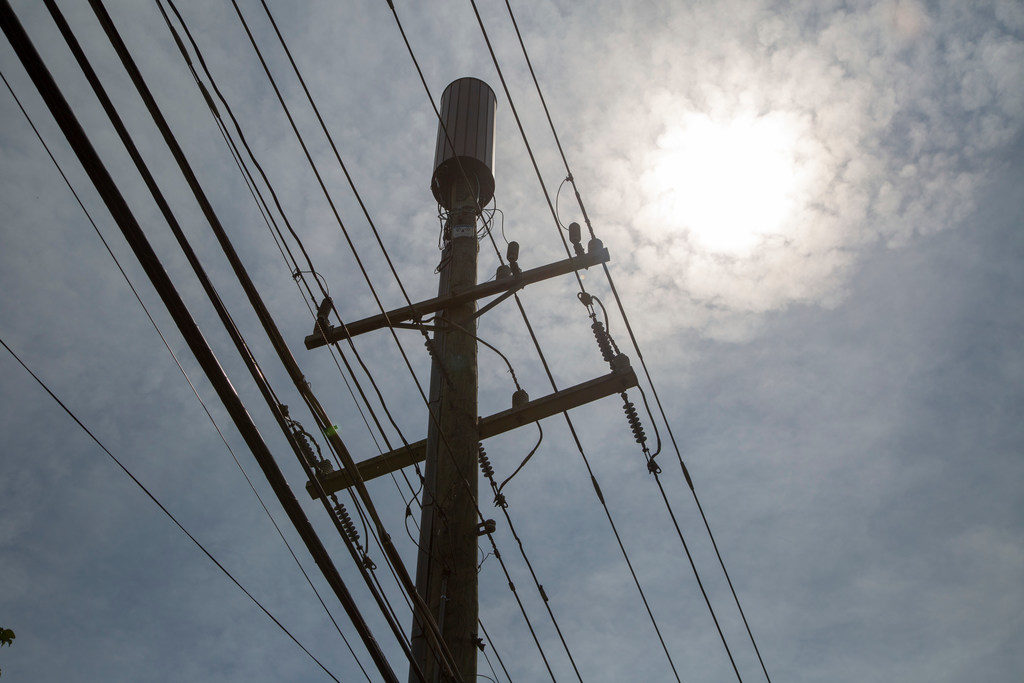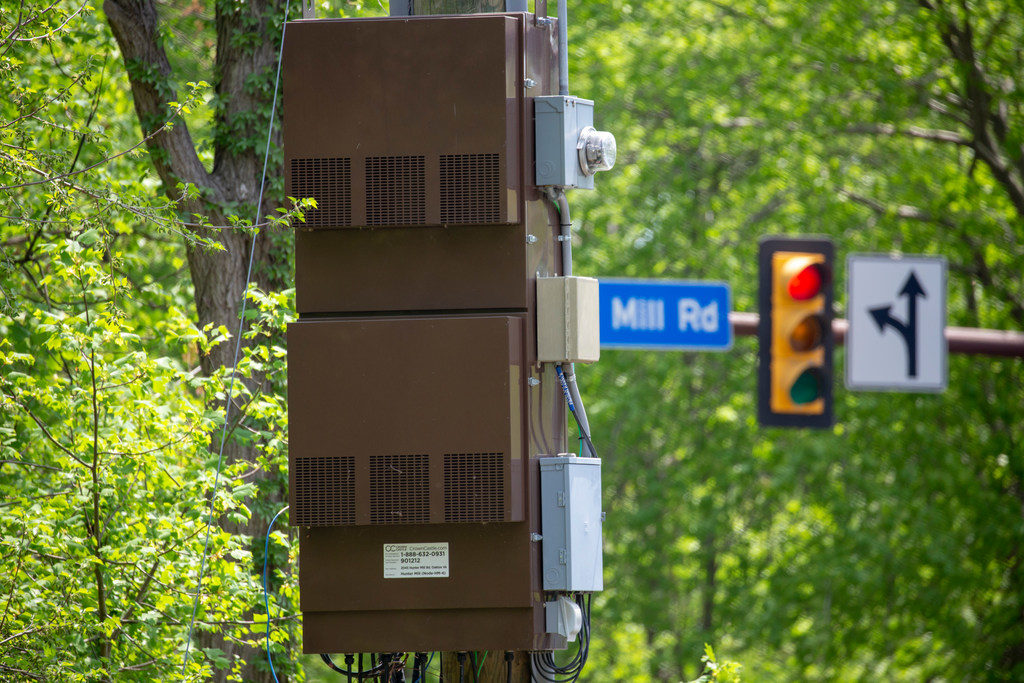
5G is coming.
The much-anticipated next generation of wireless communication, expected to be launched as early as later this year, promises to deliver on a host of futuristic technologies, including self-driving cars, real-time virtual reality, and smart cities and towns.
“With the proliferation of mobile technology and the growing popularity of data-intensive services like video streaming, 5G represents the next generation of communications,” said Michael Leitman, an NRECA strategic analyst.
It’s a promising development, but one that has brought some consternation to electric cooperatives and other utilities, whose distribution poles will likely bear part of the burden of the expanded infrastructure.
“Any foreign attachment that departs from the design and construction of the original overhead line may introduce significant engineering, safety, and reliability issues which must be considered,” said Robert Harris, senior principal engineer for NRECA’s Business and Technology Strategies department.
“Co-ops and other utility providers are concerned about the added weight on the poles, and how that will affect their stability and integrity during wind and ice storms, or prolonged rain events,” said Harris.
The technology is expected to take root at first in densely populated areas, before extending into nearby suburbs. It could be several years before it arrives in rural communities distant from major metropolitan areas, and it will not likely ever be extended to isolated locations.
5G will be able to deliver extremely fast speeds, low latency (responsiveness), and high capacity in part because it will rely on a dense network of small, connected antennae. A single 5G antenna weighs only a few grams, but some parts of the system are designed for so-called block-matrix mounting, where hundreds of the devices are housed in arrays.
“The 5G attachment that will be placed in the communications space on a pole is being sold as pizza-box-sized equipment,” said Tammy Embrey, an NRECA senior legislative adviser. “The reality is that when you factor in the total amount of equipment that will be added, this could add 300 to 400 pounds of weight to a pole.”
Additional equipment includes control units, auxiliary backup batteries and other support equipment housed in metal or composite refrigerator-sized boxes.
“This equipment is fundamentally different than any other type of attachment we’ve ever put on our poles,” said Embrey. “There’s more weight, wind and ice loading involved, there are reliability and worker safety issues, and most designs include a communications conduit running the length of the pole.”
Servicing that communications equipment is also a major concern, said NRECA’s Harris. “Some of that equipment could be near or above energized lines, so training, safety and potential service reliability issues need to be considered.”
Keeping Connections Local

The race to 5G could have a major impact on pole attachment oversight and cooperatives’ local control, as the wireless industry pushes for streamlined and uniform pole attachment procedures and lower rates nationally. That could lead to increased federal regulation of right-of-way relationships electric cooperatives have spent decades developing with private landowners and state and local jurisdictions.
NRECA and its member cooperatives are supporting a resolution opposing regulatory authority over pole attachments by the Federal Communications Commission.
“Congress long ago recognized the consumer-focused nature and democratic local control inherent in the cooperative business model and exempted electric cooperatives from federal pole attachment regulation,” said Embrey.
Over the last few years, 19 states have enacted legislation to streamline pole attachment policies and reduce rates for small cell and 5G deployment.
“Legislators in all of those states have had the foresight to make sure these rules do not apply to electric cooperatives,” said Brian O’Hara, NRECA’s senior director of regulatory issues, adding that several states have excluded electric utilities more broadly from new pole attachment regulations, citing their critical infrastructure status.
“In some cases, the addition of foreign attachments may necessitate installation of taller or stronger poles, relocation of poles, or additional poles, increasing costs to the electric cooperative members,” said O’Hara.
“Each cooperative is unique and faces specific challenges and costs. Pole attachment rates should reflect the actual cost of providing attachment service.”
According to NRECA, receiving full compensation for pole attachment costs cannot be guaranteed with a uniform regulatory policy. Artificially low rates could burden co-op members with undue costs, effectively subsidizing large, for-profit telecommunications companies.
NRECA has joined several entities representing utility, telecommunication and communications technology interests in calling for cross-industry compromises on spectrum issues related to 5G technology and its deployment. A letter outlining their position was submitted to the FCC on May 9. It includes measures that will help ensure options of some local involvement in how the technology is deployed and administered.
Derrill Holly is a staff writer at NRECA.